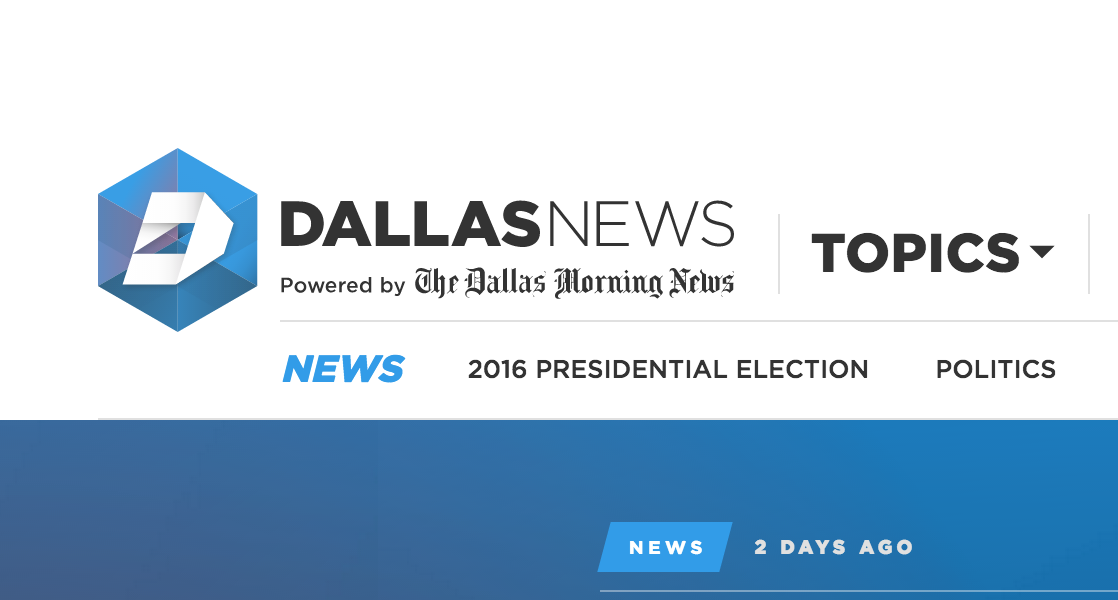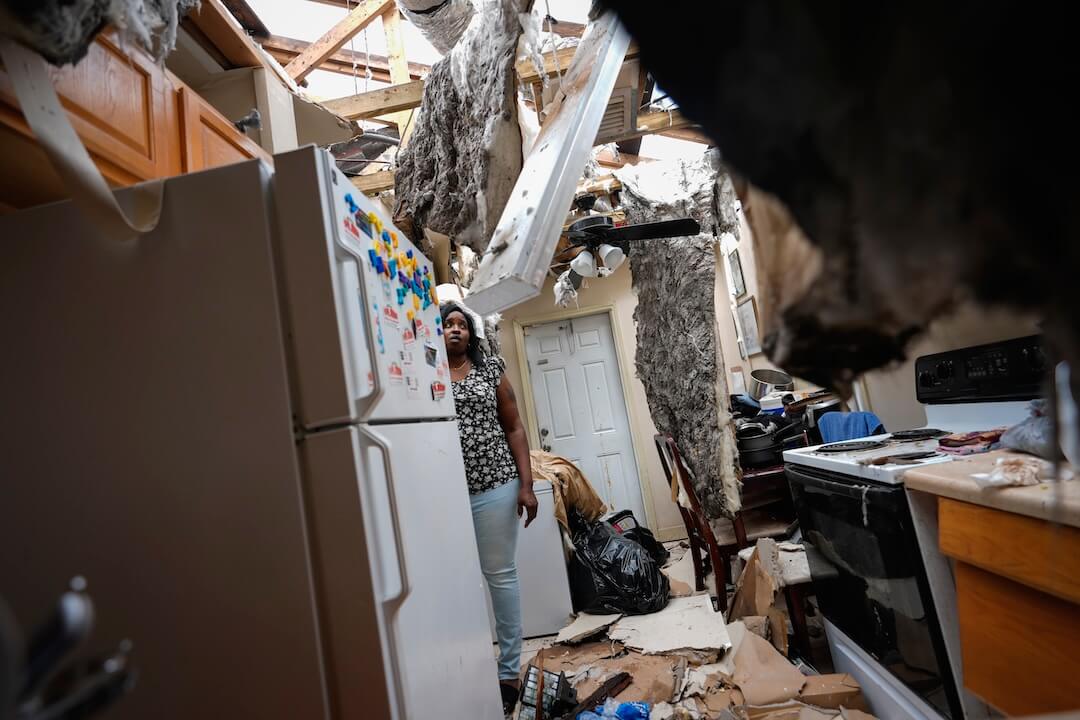In July, as The Dallas Morning News covered a protest that turned into a deadly shooting, their website went down.
Luckily, they had a backup. The downside? It wasn’t quite ready yet.
The new site was still being tested. But when their server failed, they pushed the bare-bones, dress rehearsal version out to readers.
More than two months later, Managing Editor Robyn Tomlin and Audience Development Editor Amanda Wilkins experienced some firsts when the full site launched: No overwhelming sense of dread, no dips in traffic and some perspective on how to deal with the squeaky wheels among their audience.
On Monday, they flipped the switch on the faster, responsive site, directing all users to the redesigned version. They’re also asking for feedback, reminding the audience that they’re not done.
The Morning News is part of a handful of newspapers working together to innovate their way out of the legacy past and into the digital present. The new site is the latest step in that process.
Here are a few things they’ve learned during the rollout:
Deliver to a targeted audience
Before relaunching dallasnews.com, the Morning News designed two verticals with the Texas design firm Lifeblue. In an early brainstorming exercise, staffers brought up several things they wanted in the new site. Among them: Diversity, accessibility, boldness, modernity and representation of the city.
You can see that now in the prism-like new logo and the image-heavy design, Tomlin said.
Lifeblue also built profiles of Morning News audience members. A full 70 percent fit into the leisure browser category, which reflects behavior similar to social users. So, the site’s new card-style approach should feel familiar to them.
When Wilkins launched the entertainment vertical GuideLive at the Morning News, her team also focused on a certain type of user.
“It was scary to think about having a design that caters to one or two of these user sets and kind of leaves some of the other users behind,” she said.
But it ultimately helped the team better understand who its users were and what they were trying to accomplish, Wilkins said. They also realized they couldn’t be all things to all people anymore.
The best way to see how something works is to let people use it
Tech companies have long understood that testing and improving their products is central to success. But it’s taken many news organizations longer to begin making incremental updates to their products the same way they do news stories.
Now, some news organizations, which once operated with a not-until-it’s-perfect mentality, have figured out that the audience has to be part of the process during the process, not after. And the process never really ends.
The Morning News tells readers as much on a page about the new site: “The launch of our new site is just the beginning.”
“The reality is, it’s not done,” Tomlin said. “It’s done enough that we felt like we could put it out there.”
Three emails do not equal a crisis
The Morning News has made some big, legacy-challenging changes with the new site. While dallasnews.com has always been the URL, the name of the media outlet is now just listed as “Dallas News.” Beneath that, in the same script as the newspaper’s nameplate, is “Powered by The Dallas Morning News.”
“I think part of it is trying to reflect that we are doing things differently,” Tomlin said. “While we totally respect and we care about the history and the value of The Dallas Morning News as a brand…our digital products are evolving, and we’re trying to reflect that.”
They want the new site to reflect the community in more ways than the traditional print product has, she said. There’s tension there among longtime print readers, and the newsroom is hearing from some of them now.
The Morning News is aware that it’s a legacy brand, Tomlin said, but “we’re also trying to say that they aren’t the only ones that we’re trying to reach.”
Lifeblue provides the newsroom with data about how people are responding to the site, what’s working and what’s not. So the Morning News is using that data in concert with the feedback.
That combination and the fact that they’ve done this with other products is keeping them from overreacting to a few squeaky wheels.
“If we get three emails about one thing,” Wilkins said, “that doesn’t necessarily mean we need to change that thing.”
It’s uncomfortable to do things differently
The Morning News’ partner in all this, Lifeblue, doesn’t normally work with media companies. That, by itself, has helped the newsroom challenge some of their assumptions.
They went from wanting to look like The Wall Street Journal or The Washington Post to getting pretty far out of their comfort zones. Tomlin has been through multiple redesigns and says they’re often about merely copying other sites. This time, the Morning News decided to experiment.
A new feature on the site, algorithmically-driven curation based on local unique users, is one result of that. Stories move automatically to different modules on the site, which means a loss of control about how they might look, Tomlin said. They’re using a tag-based navigation system instead of a topic-based one. And they’re debating the impact of putting text over lead images.
“Even if it doesn’t work, the act of pushing us into that place was a really big lesson for me,” Tomlin said.
Wilkins agreed. For her, that’s been the most exciting part of the whole process.
You can find the feedback bar for the Dallas News’ redesign at the top right corner of the site on both desktop and mobile. Throughout the process, Tomlin said, they’ve tried to be transparent both internally and externally with how they’re trying to transform.
“This is just one more element and reflection of that.”







